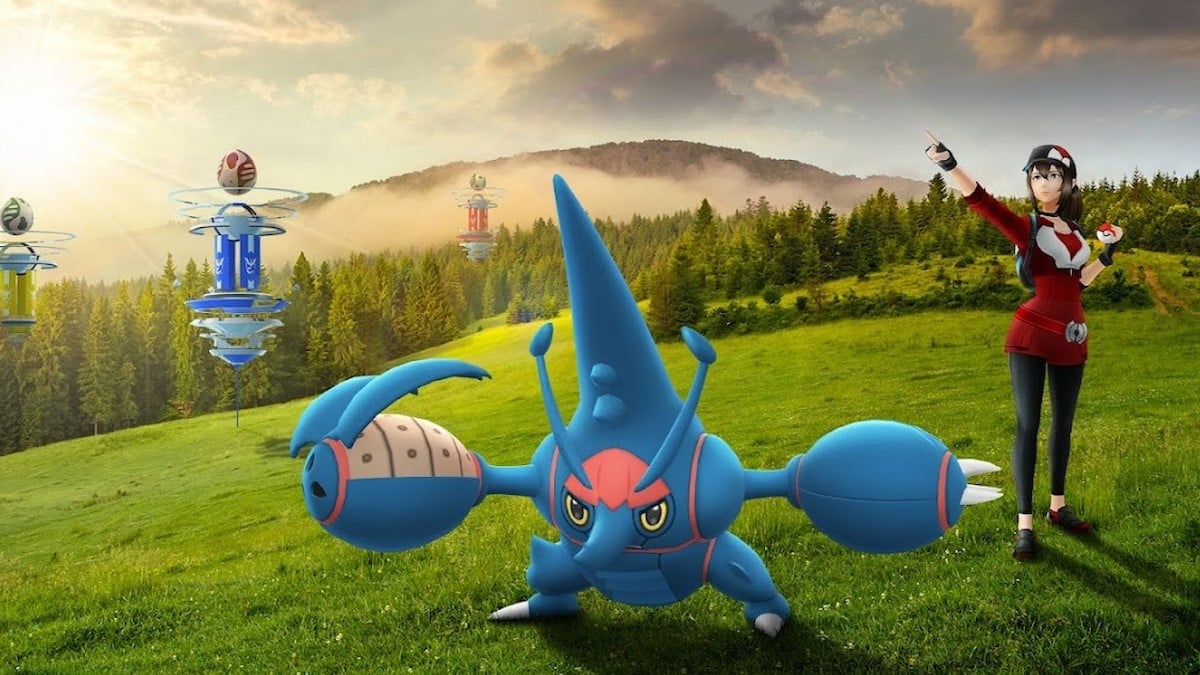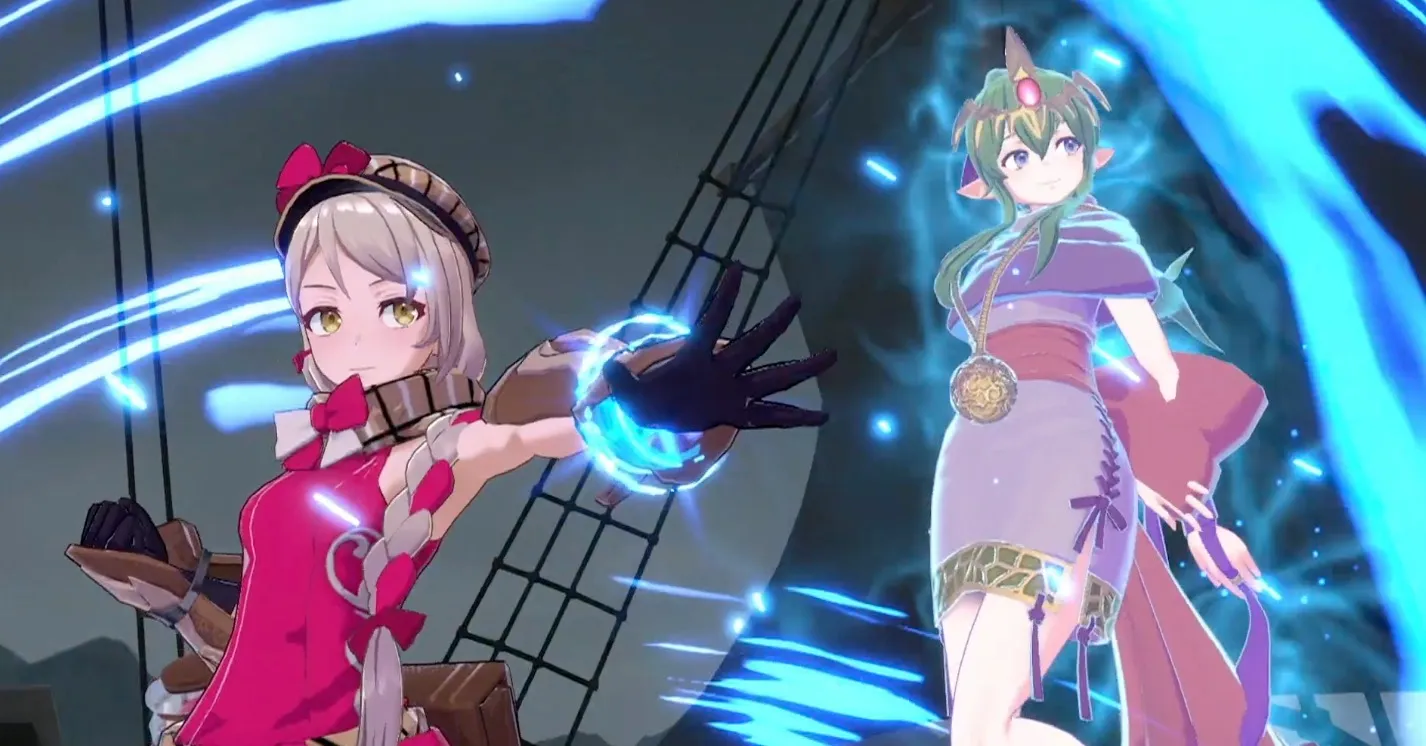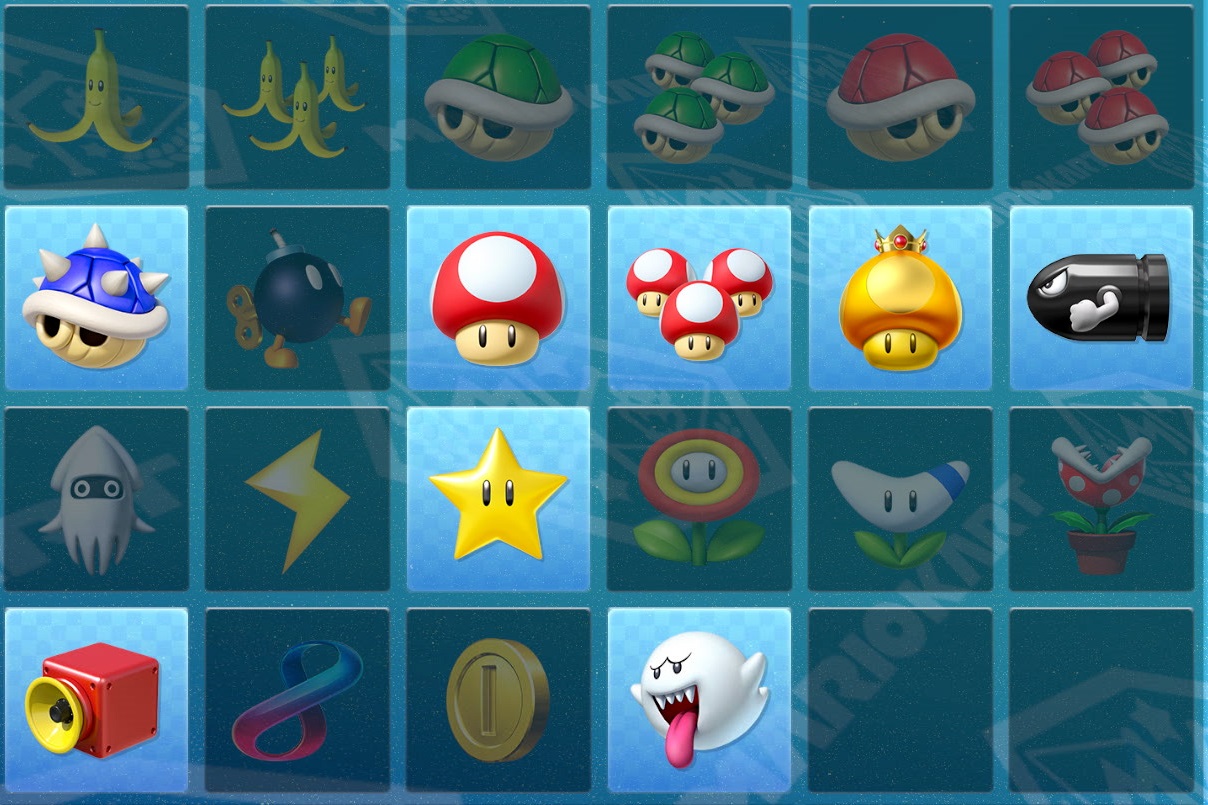#The Gathering coloration mixture names defined – Destructoid

Table of Contents
The Gathering coloration mixture names defined – Destructoid
Within the 30+ 12 months lifespan of Magic: The Gathering, numerous mechanics, creatures, and even crossovers have been added to the sport. Regardless of the entire modifications and additions all through the many years, MTG has maintained the identical 5 mana colours. Every mana coloration represents vastly totally different playstyles and may be mixed to create 25 totally different coloration mixtures. These coloration mixtures have been given lore-inspired nicknames, which provides every deck its personal id.
You aren’t required to know the identify related along with your deck, however it may well assist when looking for decks on-line or watching the Magic Professional Tour since decks are generally referred to by their mixture identify. Most web sites will arrange decks by mixture identify + archetype, similar to “Esper Midrange” or “Boros Convoke.”
All coloration mixture names in MTG defined
Essentially the most primary decks in MTG use solely a single mana coloration. These decks are merely known as mono-color decks. An instance of this might be mono-red decks, which focus completely on the aggressive, low-cost playing cards that Crimson focuses on.
When combining a number of colours, names taken from the lore of Magic: The Gathering symbolize every mixture. It’s important to be taught just a few totally different ideas to grasp the naming conventions used for the varied coloration mixtures.
What letters symbolize every mana coloration?
Excluding Blue, every mana coloration in MTG may be referred to by the primary letter of its identify:
- G – Inexperienced
- R – Crimson
- W – White
- B – Black
- U – Blue (since Black and Blue share “B” and “L”, Blue goes by U)
What are allied and enemy colours in MTG?
Every of the 5 mana colours represents a special playstyle in Magic: The Gathering. Some mechanics or talents are distinctive to a specific mana coloration which helps present every coloration’s id throughout the recreation. Among the methods for the colours work properly collectively, whereas others conflict and are tougher to mix inside a deck; These are often called “allied” and “enemy” colours.
Allied colours
Allied colours have roughly the identical technique inside MTG. One of the in style allied coloration mixtures is named “Azorius Management,” which consists of Blue and White. White mana playing cards comprise a considerable amount of arduous elimination spells similar to “Exile” and “Destroy” playing cards. Blue mana playing cards are recognized for counterspells and “Draw” playing cards which be sure that gamers all the time have a spell up their sleeve. The mixture of Blue and White permits for full management over the battlefield.
Enemy colours
Then again, enemy colours have vastly totally different methods and aren’t as simple to mix inside a single deck. An instance of this might be an “Izzet Spellslinger” deck that pairs the management spells from Blue with the aggressive nature of Crimson creatures. Whereas the methods of the colours distinction one another, the inclusion of Blue spells presents endurance to the Crimson creatures which in any other case wouldn’t have many defensive choices.
Allied and enemy decks aren’t higher or worse than one another. Slightly, they’re one thing to bear in mind when figuring out a deck’s total technique. Allied colours have related methods and are a lot simpler to drag off when given the chance. Nonetheless, additionally they share related weaknesses that your opponents can exploit. Enemy colours aren’t as centered as allied colours, however as seen within the instance above, enemy colours can cowl one another’s weaknesses a lot better than allied colours can.
Methods to decide allied and enemy colours
Determining what colours are thought-about allies or enemies of one another is easy. On the again of every MTG card, the 5 mana colours are organized right into a pentagon. For any given coloration, the 2 colours adjoining are often called allied colours, whereas the 2 colours reverse of it are enemy colours. An instance of this might be Blue being adjoining to White and Black (Allied) however reverse to Inexperienced and Crimson (Enemy).

Listing of all coloration mixture names in Magic: The Gathering (MTG)
MTG’s two-color mixture names
Throughout each format in Magic: The Gathering, most decks are pairs of two mana colours. The unique Ravnica block units have been centered on guilds that every had a pair of mana colours as their id. Since then, the names of those guilds have been used to refer to every of the ten two-color mixtures.
MTG’s two-color mixtures (Ravnica guilds):
- Azorius – Blue/White (UW)
- Boros – Crimson/White (RW)
- Dimir – Blue/Black (UB)
- Golgari – Black/Inexperienced (BG)
- Gruul – Inexperienced/Crimson (GR)
- Izzet – Blue/Crimson (UR)
- Orzhov – Black/White (BW)
- Rakdos – Black/Crimson (BR)
- Selesnya – Inexperienced/White (GW)
- Simic – Blue/Inexperienced (UG)
MTG’s three-color mixture names
Whereas three-color mixtures don’t have the long-lasting guilds of Ravnica to be named after, they do have two totally different naming sources of their very own. Bear in mind the allied and enemy colours we defined earlier? The three-color mixtures in Magic: The Gathering are organized into two differing kinds primarily based on allied and enemy colours:
- The allied colours are named after shards from the 2008 Shards of Alara block.
- The enemy colours are named after the 5 clans from the 2014 Khans of Tarkir block.
Listed below are the names of the allied three-color mixtures in MTG:
- Bant – Blue/Inexperienced/White
- Esper – Black/Blue/White
- Grixis – Black/Blue/Crimson
- Jund – Black/Inexperienced/Crimson
- Naya – Inexperienced/Crimson/White
Listed below are the names of the enemy three-color mixtures in MTG:
- Abzan – Black/Inexperienced/White
- Jeskai – Blue/Crimson/White
- Mardu – Black/Crimson/White
- Sultai – Black/Blue/Inexperienced
- Temur – Blue/Inexperienced/Crimson
MTG’s four-color mixture names
There are solely 5 totally different four-color mixtures in Magic: The Gathering. Similar to the two-color mixtures, the nicknames for these come from the Ravnica block. However as an alternative of the mixtures being named after guilds, they’re named after the primary phrase used within the names of the four-color creatures often called the Nephilim. These creatures are:
- Dune-Brood Nephilim
- Glint-Eye Nephilim
- Ink-Treader Nephilim
- Witch-Maw Nephilim
- Yore-Tiller Nephilim

Listed below are the names of the four-color mixtures in MTG:
- Dune – Black/Inexperienced/Crimson/White (No Blue)
- Glint – Black/Blue/Inexperienced/Crimson (No White)
- Ink – Blue/Inexperienced/Crimson/White (No Black)
- Witch – Black/Blue/Inexperienced/White (No Crimson)
- Yore – Black/Blue/Crimson/White (No Inexperienced)
MTG’s 5-color mixture identify
Final however not least, the five-color mixture identify has an easier strategy than the opposite mixtures. Many gamers merely say “all colours” or “rainbow” when referring to those decks. However you may also discover some gamers that discuss with the five-color mixture as “WUBRG” (woo-berg) after the letters that symbolize every of the colours.




